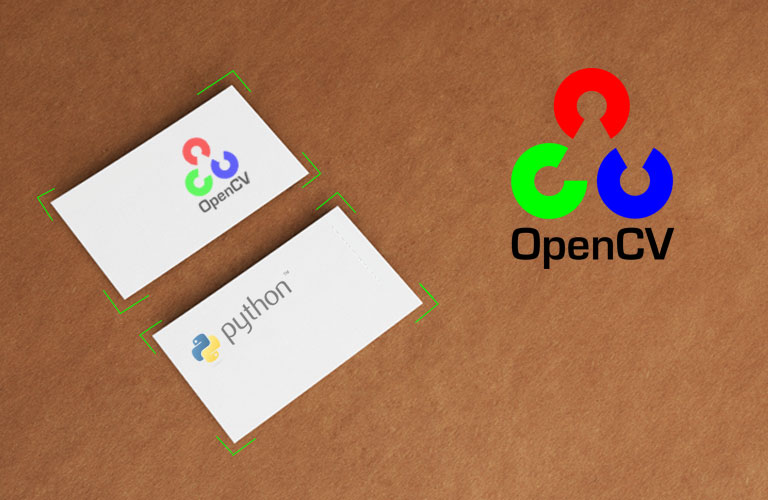Business card recognition function implementation course using OpenCV
Learn how to use OpenCV and process images through a practical implementation of business card recognition. OpenCV is briefly explained, and the OpenCV functions required to implement business card recognition are explained in more detail. In other words, rather than a basic course, it provides an essence for the practical application of business card recognition. It also includes a method of utilizing Tesseract and Microsoft's OCR engine. The source code of this lecture is based on Python, but since you will learn the OpenCV classes and functions used and the image recognition and processing technology, it will not be difficult to apply it to Android and iOS based on this. Those who take the course will be provided with lecture slides and actual business card recognition source code. The lecture contents were further improved and verified through three offline seminars in January and February 2017, and the instructor has carefully recorded them again for online use. These are the OpenCV functions used in this lecture. cv2.Canny() cv2.GaussianBlur() cv2.VideoCapture() cv2.adaptiveThreshold() cv2.approxPolyDP() cv2.arcLength() cv2.boundingRect() cv2.boxPoints() cv2.contourArea() cv2.convertScaleAbs() cv2.createTrackbar() cv2.cvtColor() cv2.destroyAllWindows() cv2.dilate() cv2.drawContour s() cv2.findContours() cv2.getAffineTransform() cv2.getPerspectiveTransform() cv2.getTrackbarPos() cv2.imread() cv2.imshow() cv2.imwrite() cv2.minAreaRect() cv2.namedWindow() cv2.rectangle() cv2.resize() cv2.threshold() cv2.waitKey() cv2.warpAffine() cv2.warpPerspective()
664 learners





